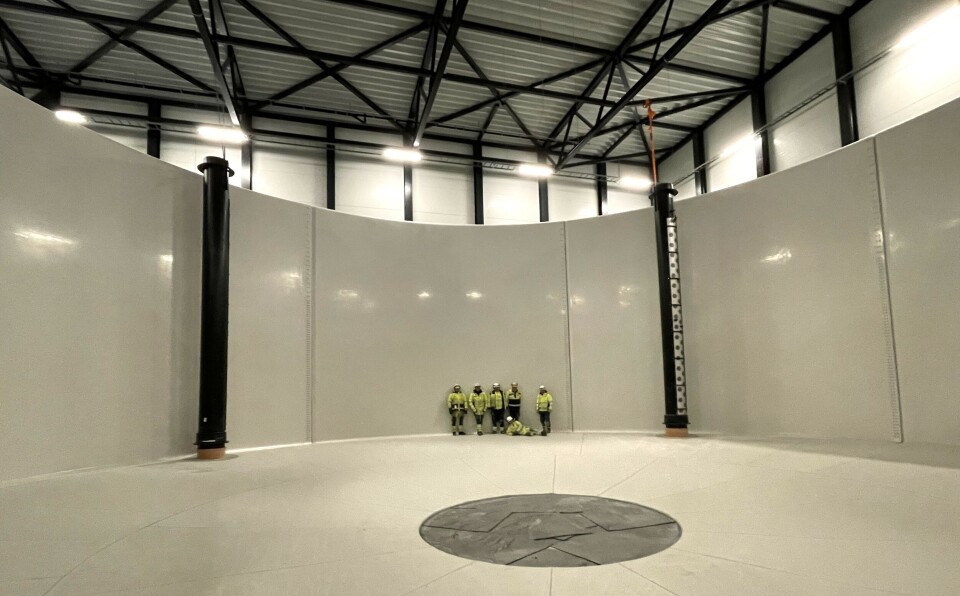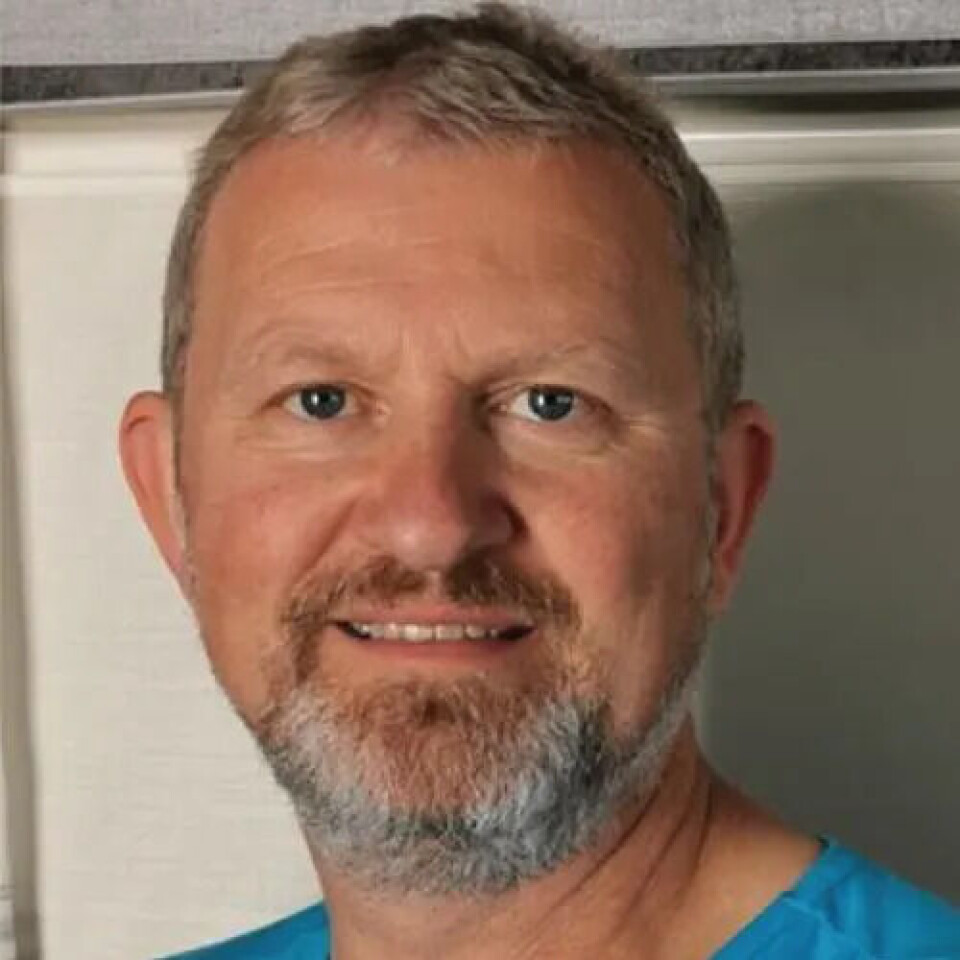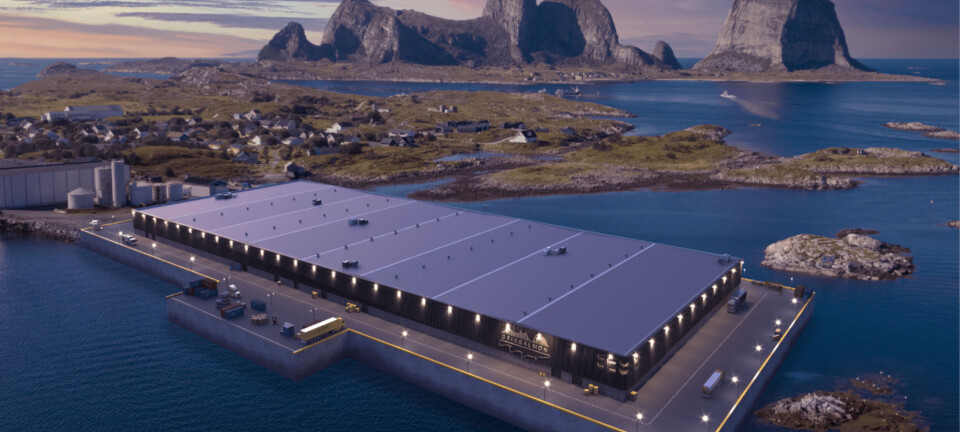
We have built in record time and things have gone very well
Gaia Salmon expects to begin post-smolt production in early summer
A company developing a land-based salmon post-smolt facility on an archipelago 40 miles from the Norwegian coast expects to start production in May or June.
Construction of Gaia Salmon’s NOK 1 billion (£75 million) facility has been rapid, with a 185-metre-long and 85-metre-wide production building already erected, and around 100 workers engaged completing the build.
Between 8,000 and 10,000 tonnes of post-smolts weighing up to 800 grams will be produced annually. Much of the technical equipment is in place and ready for installation, and the facility in the tiny coastal community will have an area of 15,000m² and have a vessel volume of approximately 36,000m³ distributed between 12 tanks in three recirculating aquaculture system (RAS) departments.
The post-smolt facility is part of Gaia’s wider ambition to reach annual production of 50,000 tonnes of food fish (head on gutted) within 10 years. The new post-smolt facility will create 17 new jobs in a small local community with 440 inhabitants in Træna municipality.

Quick construction
Gaia Salmon chairman Roald Dolmen, whose company Rodo Landbased holds a 48% stake in the venture, has extensive experience from the aquaculture industry and has been involved as an investor in building up a smolt plant and post-smolt plant in the past.
“Part of the reason why I wanted to invest is because I believe that this project can be a good investment and give a good return,” he told LandbasedAQ, a sister site of Fish Farming Expert.
“We have built in record time and things have gone very well. We are almost 75 per cent finished with the plant and in less than a year and a half we will start full operation. I don’t know of anyone else who has done such a quick construction job, so I have to praise the contractor.
“We have spent a lot of time on planning and engineering and that is probably one of the reasons why the work has gone so quickly. The facility is as far out into the sea as you can get, and planning has been essential for things to go smoothly.”












































































